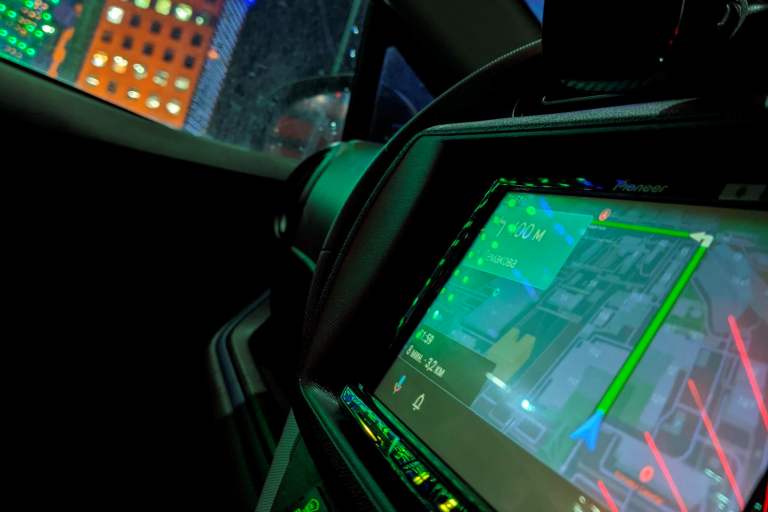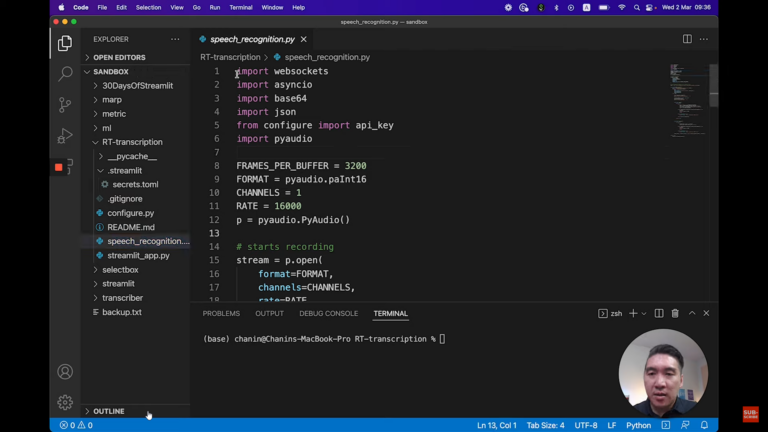Antenna Testing with the NanoVNA-F V2 Vector Analyzer
There is something in common between the developer of a radio channel device and Basilio the cat. Both heroes work with the fields and both help to bury material values. But if the cat only pretends to be blind to make money, then the developer is one. It is against our will that we receive wages for ready-made and completely unverified solutions copied from manuals. I followed the manufacturer’s clear instructions, carefully borrowed the tracing from the debug kit, calculated the tracks and the antenna using a well-known method or in a well-known program.
The correct choice of antenna is a critical point in the design of radio channel devices. The antenna must be selected for the frequency of the operating range and matched with the output stage. With good matching, the transmitter power is radiated into the surrounding space, with poor matching, it returns back. Of considerable importance is the price of the antenna, its repeatability. Often you have to deal with design limitations, a small area of a printed circuit board or its complex geometry. You can check the antenna parameters using a vector analyzer. For a long time, these devices were out of reach for amateur radio purposes, and companies often squander on the purchase of expensive equipment. Fortunately, times are changing.
NanoVNA-F V2
Checking the key fob for the gate showed depressing results, the communication range was no more than 30 meters. On the receiver, the transceiver is the same, the reference oscillators are the same, the trace is identical. The signal level in the response packet from the receiver is significantly higher, the latter has an output antenna. Of course, the keychain can be attached to the chin, thereby increasing the distance by an extra 10 meters, you can also experiment with polarization. But what about devices that do not imply the presence of a person (all kinds of sensors, calls, security devices)?
About a year ago, I first came across a budget NanoVNA vector analyzer. I read the reviews, looked at the characteristics and postponed the purchase. But time passes, and unresolved problems remain. Recently, the company offered to pay for the purchase of such a device, but this is not the Anritsu S331E that I originally expected. Well, no, I will buy such a device myself. So I got a budget vector analyzer NanoVNA-F V2.
The device is based on open project and comes with a set of plugs and adapters. Plugs are needed to calibrate the analyzer. The procedure is very simple, after setting the frequency range, we sequentially tighten the plugs: insulated, jumper, 50 Ohm. Three steps and the device is calibrated. You can learn more about how the analyzer works at site manufacturer. To test the antenna, you will additionally need an adapter, it is not included in the kit. On AliExpress, this can be found by searching for “SMA plug, open cable.”
The OPEN plug has no center conductor, it has infinite resistance (isolates).
At the SHORT plug, the central conductor is closed to the body (zero resistance).
The LOAD plug (steel color) has a resistance of 50 ohms.
The purchased NanoVNA-F2 V2 vector analyzer operates in the frequency range from 50 kHz to 3 GHz. Dynamic ranges S21: 70 dB (1.5 GHz), 60 dB (3 GHz); S11: 50 dB (1.5 GHz), 40 dB (3 GHz). This means that below the specified values, signal distortions introduced by the device itself will be observed. In comparison, the Tektronix TTR506A vector analyzer has >122 dB dynamic range. True, the equivalent cost of the latter is equal to a one-room apartment on the outskirts of Saratov. NanoVNA-F2 V2 has an aluminum case, which additionally shields the electronics. The instrument can be connected to a computer and saved using the NanoVNA Saver utility. The RF output power of the analyzer is -9 dBm (accuracy within 1 GHz: ± 1 dB). Power is indicated in decibel milliwatts, i.e. units relative to the level of 1 mW (0 dBm).
S-parameters
In microwave theory, the characteristics of a device are described using a matrix of S-parameters. These parameters turned out to be convenient both from a mathematical point of view and for measurement. The physical meaning of the parameters is shown in the figure.

S11 – coefficient of reflection from the input;
S22 – reflection coefficient from the output;
S21 – transmission coefficient of the “incident wave” from the input to the output;
S12 – transfer coefficient from output to input.
When checking an antenna with an analyzer, its complex impedance and return loss are of interest. The first can be understood from the impedance circle diagram – the Smith chart. Each point of the diagram plane corresponds to a single value of the complex normalized resistance. Active resistance corresponds to the horizontal axis, capacitive and inductive components shift the point on the diagram up and down. It is easy to verify what has been said using stubs. When properly calibrated, the 50 ohm plug will move the dot on the analyzer screen to the center of the graph.
Return Loss show how much the transmitted signal is reflected from the receiver back to the generator due to the impedance mismatch. With perfect matching, the output impedance of the radio channel transceiver is equal to the input impedance of the antenna, and all the transmitter energy is dissipated into the surrounding space. If the agreement is poor, the developer understands that something is going wrong and buys a vector analyzer.
Antenna test
RF transceiver manufacturers such as Texas Instruments, ST Microelectronics, Semtech, NXP, SiLab, Johanson Technology, and many, many others create not only excellent chips, antennas, and baluns needed for ISM data transmission, but also provide developers with abundant reference data . An antenna suitable for your purpose can be found in the Reference Manual (do not forget to enable VPN):
My favorite is Texas Instruments. If we are talking about a PCB antenna, then as a rule there is not only the necessary documentation, but also a ready-made topology in CAD. Rummaging around in a box with old boards, I found several devices with an F type antenna for different frequency ranges, a dipole antenna, a helical antenna (output and PCB), various types of whip antennas. Let’s test some of them.
Let’s start with a small radio channel relay, in which the TX2400-FPC-4405 antenna is installed. To evaluate its quality, remember that the SWR level of the antenna during reception should be no more than four. Return Loss recalculated in the SWR, which for the presented case approximately corresponds to two.

You need to evaluate the quality of PCB antennas more carefully, because. literally everything affects the characteristics of the latter: the topology of the board and the number of layers, the electronic components located nearby, the plastic case, and even you with a table and a chair. The test results for the Type F antenna at 868 MHz were encouraging. The antenna falls within the operating range and is fairly well matched.

Antenna PCB performance can be improved with additional SMD components. Document SWRA726 describes how to do this (don’t forget to enable VPN).
Checking a device with an ANT-868-CW-HWR-SMA antenna showed unexpected results. According to the documentation, the resonant frequency of the antenna is 868 MHz. Measurements show different values. And although the antenna is still functioning at 868 MHz (SWR ≈ 2.5), what is the reason for the center frequency shift is not clear. The problem is either in the coplanar communication line, or in the fact that the antenna came from the sky.

No less interesting are the results for a helical antenna with a declared resonant frequency of 868 MHz. It turned out that the quality of its work is strongly (even dramatically) affected by the orientation relative to the landfill. When perpendicular to the board, it shows the best, albeit unimportant results.

Helical antennas are easy to calculate (according to a well-known technique), quite easy to manufacture, and do not take up much space. Tests of several helical antennas with different wire thickness, helix pitch and made of different materials gave mediocre results. If the frequency is easily matched by trimming the antenna, then what about the return loss?
Finally, let’s return to the problem mentioned at the beginning of the article. We are testing a 2.4 GHz type F printed antenna, the results are encouraging. Finding a problem that is easy to fix is much more pleasant than finding nothing. The resonant frequency in this case is shifted to the region of lower values, which can be easily corrected by trimming the antenna. And although the characteristics of the latter are far from ideal, nevertheless, the frequency substring made it possible to increase the communication range by 10 … 15 meters. Considering that the device is used to open the gate, the overall communication result of 40…50 meters is quite acceptable.

Quality development requires good tools. Some are more or less affordable – a budget oscilloscope, a claim multimeter, a power supply for several channels. The two-channel ATTEN ADS1042C was purchased by me back in my student years. Other instruments, such as an adjustable load or a spectrum analyzer, could only be dreamed of. But now some 10 years have passed … and he sees a dream of wondrous youth. Everything is available for relatively little money with home delivery. And although the characteristics of such devices are significantly inferior to professional equipment, having TinySA, NanoVNA and XY-FZ35 on hand is much better than having nothing.
Buying a vector analyzer, of course, does not solve all problems at once. Even with a well-designed antenna, difficulties can arise in matching the transceiver’s output impedance. It is equally important to maintain carrier frequency stability, to have an understanding of the antenna pattern, to correctly calculate the thickness of the traces, to correctly place the ground planes, and even to take into account the phenomena of multipaths in the room where the equipment will be installed. But if you do all this and say “crex fex pex”, then the golden tree will definitely grow.




